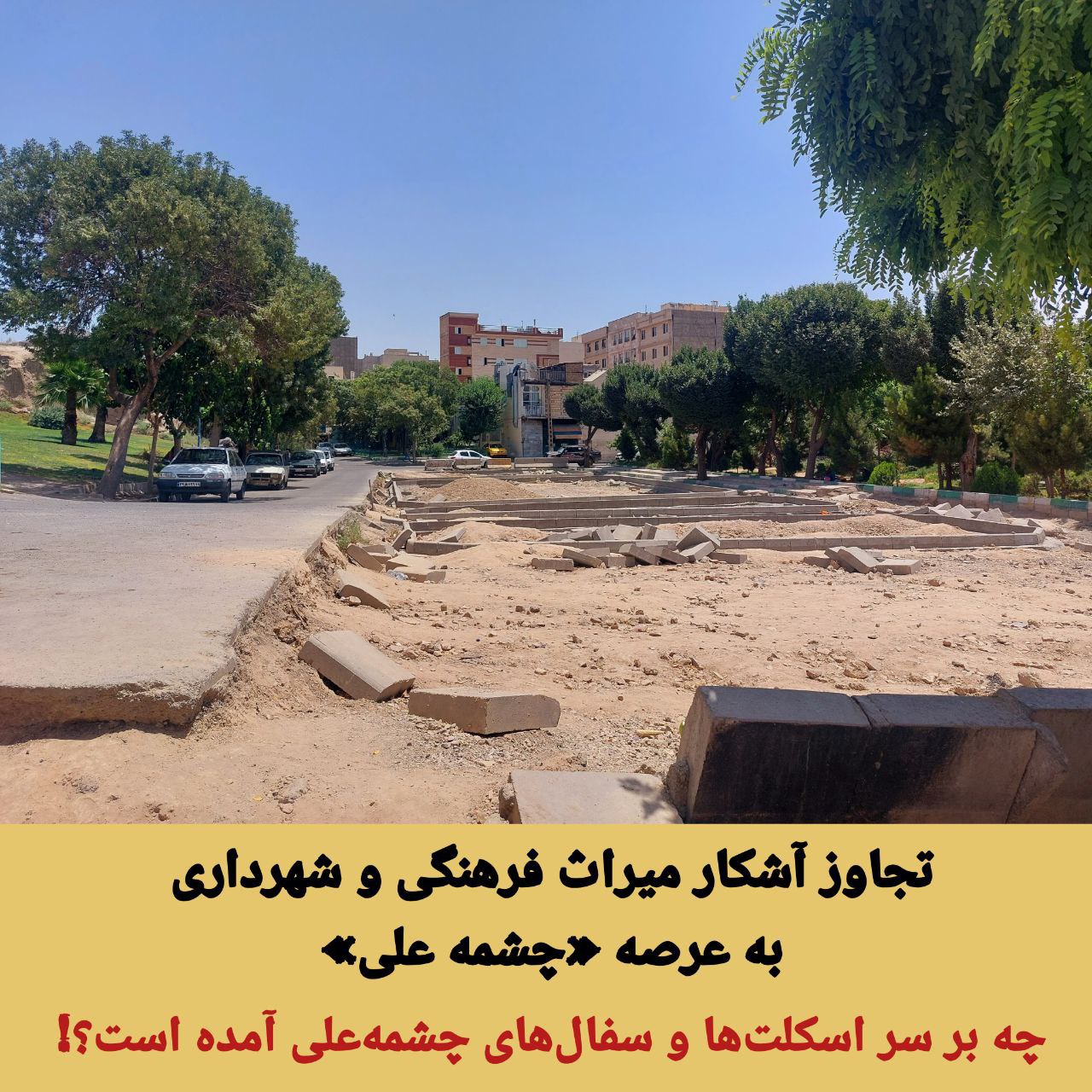According to the heritage report; For the first time, Jacques de Morgan and his French team excavated in Cheshme Ali in 1291 and 1304. The chargé d’affaires of the French embassy had also done excavations in 1303.
However, on May 25, 1313, Professor Eric Schmidt, with the support of the University of Pennsylvania Museum and the Fine Arts Museum of Boston University, started the first season of exploration with two 10 x 10 trenches in Cheshme Ali. The third and last season of his exploration is related to the year 1315.
Schmidt’s early death caused the archaeological reports of Cheshme Ali not to be published.
The only information about Hiatt Ray’s excavations is a very brief report in the Bulletin of the Philadelphia University Museum.
According to this report and other scattered reports about the historical situation of this area, the walls of the rectangular houses in Cheshme Ali are made of Vakhshte layer. Even though the area is only a few steps away from the Rey Cultural Heritage Office.
Dead bodies were buried in the village with their hands on their hips, and gifts such as pottery, necklaces, bracelets, and copper beads were placed with them.
Handmade thick pottery with simple geometric patterns similar to Pampali pottery was found in Anu Hill, Turkmenistan.
Also, finer pottery has been obtained, which has changed the date of Cheshme Ali pottery from the end of the 6th millennium to the middle of the 4th millennium BC.
Part of the pottery obtained during the excavation; In the National Museum, some are kept in the Oriental Institute of Chicago and some in the Louvre Museum.
Also, in the south of Cheshme Ali fountain and in the western corner of the park, there is a tombstone belonging to Ruhollah Waziri, known as “Hale”, a contemporary poet of Iran.
https://tinyurl.com/26ofn4r7
instagram.com/miras_bashi
@mirasbashi
This post is written by maryamatyabi
